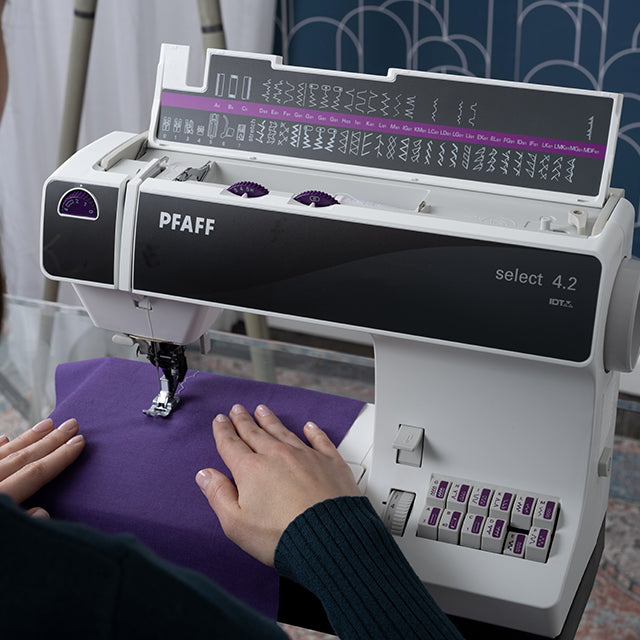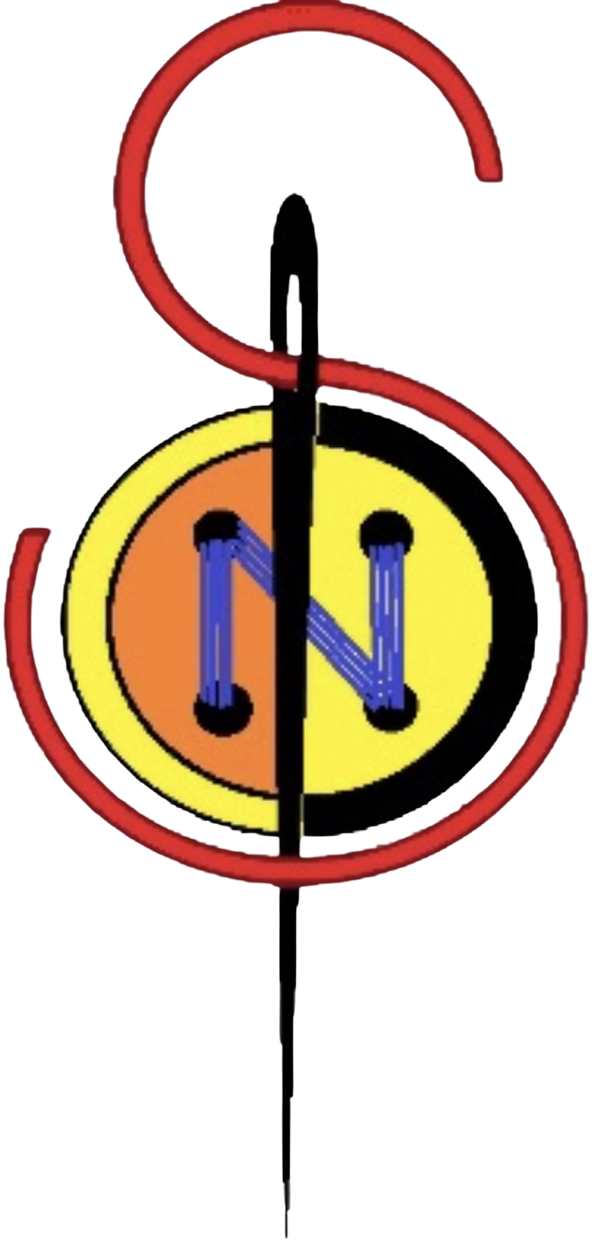
The Rise of Modern Sewing: Why More People Are Getting Started
Share
The Creative Renaissance: Understanding Modern Sewing's Resurgence
The contemporary crafting landscape has witnessed an unprecedented revival in sewing enthusiasm, with millions of individuals discovering the therapeutic and practical benefits of needle and thread artistry. This renaissance transcends generational boundaries, attracting millennials seeking authentic experiences alongside seasoned crafters expanding their repertoires. The modern sewing movement represents more than hobby acquisition—it embodies a conscious shift toward sustainable living, personalized expression, and skill-based fulfillment.
Digital connectivity paradoxically fuels this tactile pursuit. Social media platforms showcase intricate quilting geometries, innovative fabric manipulations, and time-lapse construction videos that inspire viewers to attempt their own creations. The accessibility of online tutorials, pattern libraries, and virtual sewing circles has democratized knowledge traditionally passed through familial lineages or formal apprenticeships.
Technological Evolution in Contemporary Stitchcraft
Modern sewing machines have undergone remarkable technological metamorphosis, incorporating computerized precision, automated threading systems, and programmable stitch libraries that would astound previous generations of seamsters. These sophisticated instruments bridge the gap between artisanal tradition and digital innovation, offering users unprecedented control over their creative endeavors.
Contemporary machines feature LCD touchscreens, USB connectivity for design transfers, and sensor-based fabric detection that automatically adjusts tension parameters. Such advancements eliminate many traditional barriers that previously intimidated novice sewists, while simultaneously providing experienced artisans with tools to execute increasingly complex projects with enhanced accuracy.
Smart Features Revolutionizing Home Sewing
Integrated cutting systems, automatic presser foot recognition, and real-time stitch monitoring represent just the beginning of smart sewing technology integration. Machine learning algorithms now optimize stitch formation based on fabric characteristics, while mobile applications provide remote machine control and project management capabilities.
Voice-activated commands, LED lighting systems, and ergonomic workspace design considerations demonstrate manufacturers' commitment to user experience enhancement. These innovations particularly benefit quilters who require precise seam allowances, consistent tension control, and extended operational comfort during marathon piecing sessions.
Therapeutic Benefits Driving Sewing Adoption
Neuroscience research validates what generations of sewists have intuitively understood: rhythmic stitching activities produce measurable stress reduction and cognitive enhancement effects. The meditative quality of repetitive motions, combined with creative problem-solving requirements, creates an optimal mental state practitioners describe as "flow."
Occupational therapists increasingly recommend sewing activities for fine motor skill rehabilitation, anxiety management, and cognitive function maintenance. The bilateral brain stimulation inherent in coordinated hand movements while processing visual patterns creates neuroplasticity benefits that extend beyond crafting sessions.
"Sewing provides a unique combination of mindfulness practice, creative expression, and tangible accomplishment that modern life rarely offers in such concentrated form."
Social Connection Through Shared Creativity
Quilting circles, sewing guilds, and maker spaces foster intergenerational knowledge exchange and community building in increasingly fragmented social environments. These gatherings transcend simple hobby clubs, functioning as support networks where participants share techniques, troubleshoot challenges, and celebrate collaborative achievements.
Virtual communities complement physical gatherings, enabling global pattern sharing, technique demonstrations, and collaborative project coordination. The synthesis of digital connectivity with hands-on creativity addresses modern isolation while preserving traditional craft knowledge.
Sustainable Fashion and Self-Sufficiency Motivations
Environmental consciousness increasingly motivates sewing adoption as consumers recognize the ecological impact of fast fashion consumption. Creating garments, home textiles, and accessories from sustainable materials while extending existing item lifespans through alterations and repairs represents a tangible response to overconsumption concerns.
The financial benefits of sewing proficiency become apparent when comparing custom tailoring costs with DIY project expenses. High-quality fabrics, when skillfully constructed, produce garments that surpass ready-to-wear alternatives in both fit and durability while costing significantly less than comparable retail purchases.
Future Trends Shaping Sewing's Evolution
Artificial intelligence integration promises even more sophisticated machine capabilities, with predictive maintenance algorithms, automatic tension optimization, and intelligent pattern matching on the horizon. These developments will further reduce technical barriers while expanding creative possibilities for sewists at all skill levels.
Sustainable fabric innovations, including lab-grown materials and recycled fiber technologies, will provide environmentally conscious creators with expanded material options. The convergence of traditional techniques with cutting-edge materials and equipment ensures sewing's continued relevance in an increasingly digital world.
As more individuals discover the profound satisfaction of creating beautiful, functional items with their own hands, the sewing renaissance shows no signs of abating. This revival represents more than trend—it reflects a fundamental human need for tangible creation, meaningful community, and sustainable living practices that sewing uniquely fulfills.
